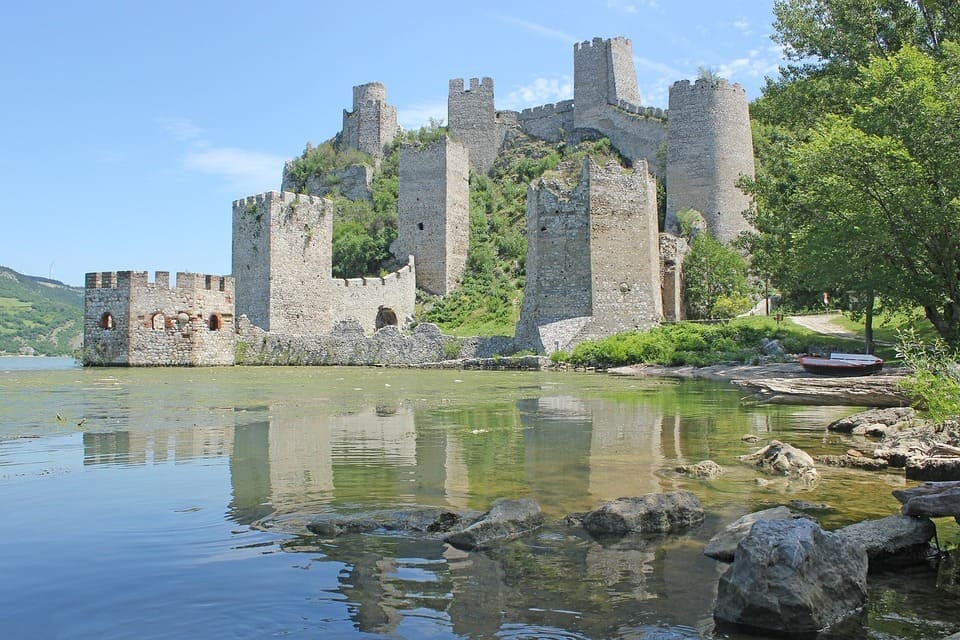
Mapping Serbian Dialects: Causes of Their Evolution
Overview of the Serbian Language and Its Dialects
Serbian is a South Slavic language that shares many features with Croatian, Bosnian, and Montenegrin, yet it stands out for its distinct dialect groups. These dialects are primarily divided into three main categories: Shtokavian, Torlakian, and Kajkavian. Shtokavian is the most widespread and forms the basis for the standard Serbian language, spoken across Serbia, Bosnia, Croatia, and Montenegro. Torlakian, spoken in southeastern Serbia, shares similarities with Bulgarian and Macedonian, serving as a transitional dialect. Kajkavian, although primarily spoken in Croatia, has also influenced areas in northern Serbia.
Key Factors Shaping the Evolution of Serbian Dialects
The diversity of Serbian dialects can be attributed to a range of influential factors that have shaped the language over time. Here are the key elements:
-
Historical Factors
The evolution of Serbian dialects is deeply rooted in the country’s complex history. Over centuries, Serbia experienced numerous migrations, invasions, and political shifts, each leaving its mark on the language. The Ottoman Empire, Austrian-Hungarian rule, and neighboring Balkan nations all contributed to the development of distinct regional dialects. During these periods, cultural exchanges, wars, and territorial divisions introduced new words, pronunciation patterns, and grammatical structures into the language. As a result, dialects in different regions absorbed various influences, leading to the rich linguistic diversity seen in Serbia today.
-
Geographical and Cultural Influences
Serbia's diverse geography, characterized by mountains, valleys, and river systems, has had a significant impact on the development of its dialects. Geographic isolation, particularly in rural and mountainous areas, allowed for the formation of distinct linguistic features. Meanwhile, regions that were part of major trade routes or urban centers experienced more dialectal intermingling. Additionally, cultural interactions with neighboring countries like Hungary, Bulgaria, and the Ottoman Empire introduced new vocabulary and linguistic traits. These influences, combined with Serbia’s internal geographic diversity, have shaped the distinct dialects spoken across the country.
-
Socioeconomic Influences
The divide between urban and rural areas has been particularly influential. In cities and urban centers, where education, trade, and cultural trends have been more prominent, standardized language forms tend to dominate, often at the expense of local dialects. Economic growth and modernization in these areas have led to a shift away from traditional dialects, with younger generations more likely to adopt the standardized Serbian taught in schools. Conversely, rural areas, which tend to be more isolated and slower to adapt to socio-economic changes, have often preserved older dialectal forms. Additionally, the rise of certain sociolects—language variations linked to specific social classes or professions—has further contributed to dialectal differences, as different regions and social groups develop their linguistic norms based on economic and social status.
The Main Dialects of the Serbian Language
Serbian dialects are divided into three main groups, each with distinct characteristics shaped by historical, geographical, and cultural influences.
- Shtokavian: This is the most widespread dialect, forming the foundation of the standard Serbian language. Spoken across Serbia, Bosnia, Croatia, and Montenegro, Shtokavian is further divided into two subdialects: Ekavian, predominantly used in Serbia, and Ijekavian, common in Bosnia, Montenegro, and parts of Croatia.
- Torlakian: Found in southeastern Serbia, this dialect serves as a transitional language between Serbian and its neighboring languages, Bulgarian and Macedonian. It features linguistic elements from all three languages, making it unique to the region.
- Kajkavian: Although primarily associated with Croatia, Kajkavian has influenced some areas in northern Serbia. While less prominent within Serbia itself, its presence is a reminder of the region’s linguistic diversity and historical ties.
The Future of Serbian Dialects in a Globalized World
The future of Serbian dialects faces significant challenges as globalization continues to influence language use, particularly among younger generations. With the rise of mass media, the internet, and standardized education, the use of regional dialects is declining, especially in urban areas. Younger speakers are increasingly adopting standard Serbian due to its dominance in formal education, professional environments, and media platforms, leading to a gradual erosion of local dialects.
In rural areas, however, dialects are still more commonly spoken, although the influence of modern communication tools is noticeable even there. The spread of smartphones, social media, and digital content in the standard language is reducing the daily use of dialects, as younger generations are more exposed to and prefer the standardized form for easier communication and social mobility.
Despite these challenges, efforts to preserve Serbian dialects are emerging. Digital archiving projects, such as dialect dictionaries, recordings, and even mobile apps, are being developed to document and maintain these linguistic treasures. Local communities and cultural organizations are also promoting dialect preservation through festivals, education programs, and social media campaigns that encourage the use of regional dialects in everyday communication.
The variety of Serbian dialects reflects the cultural, historical, and geographical factors that have influenced the language over time. Examining the reasons for the development of these dialects helps to better understand the evolution of the Serbian language and the complexities of its regional differences. These dialects represent the identities and traditions of local communities, providing insight into the historical and social contexts in which they developed.







